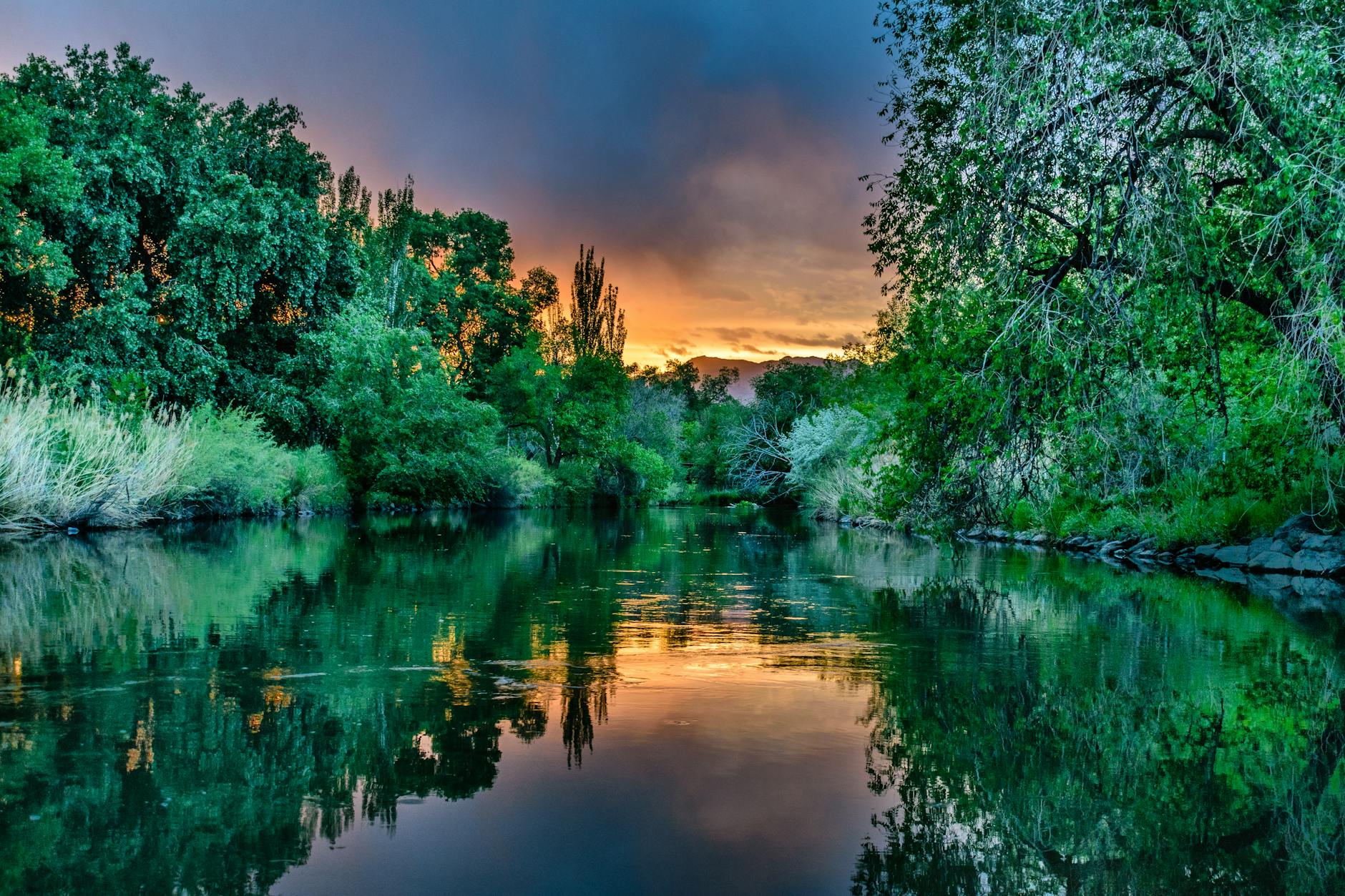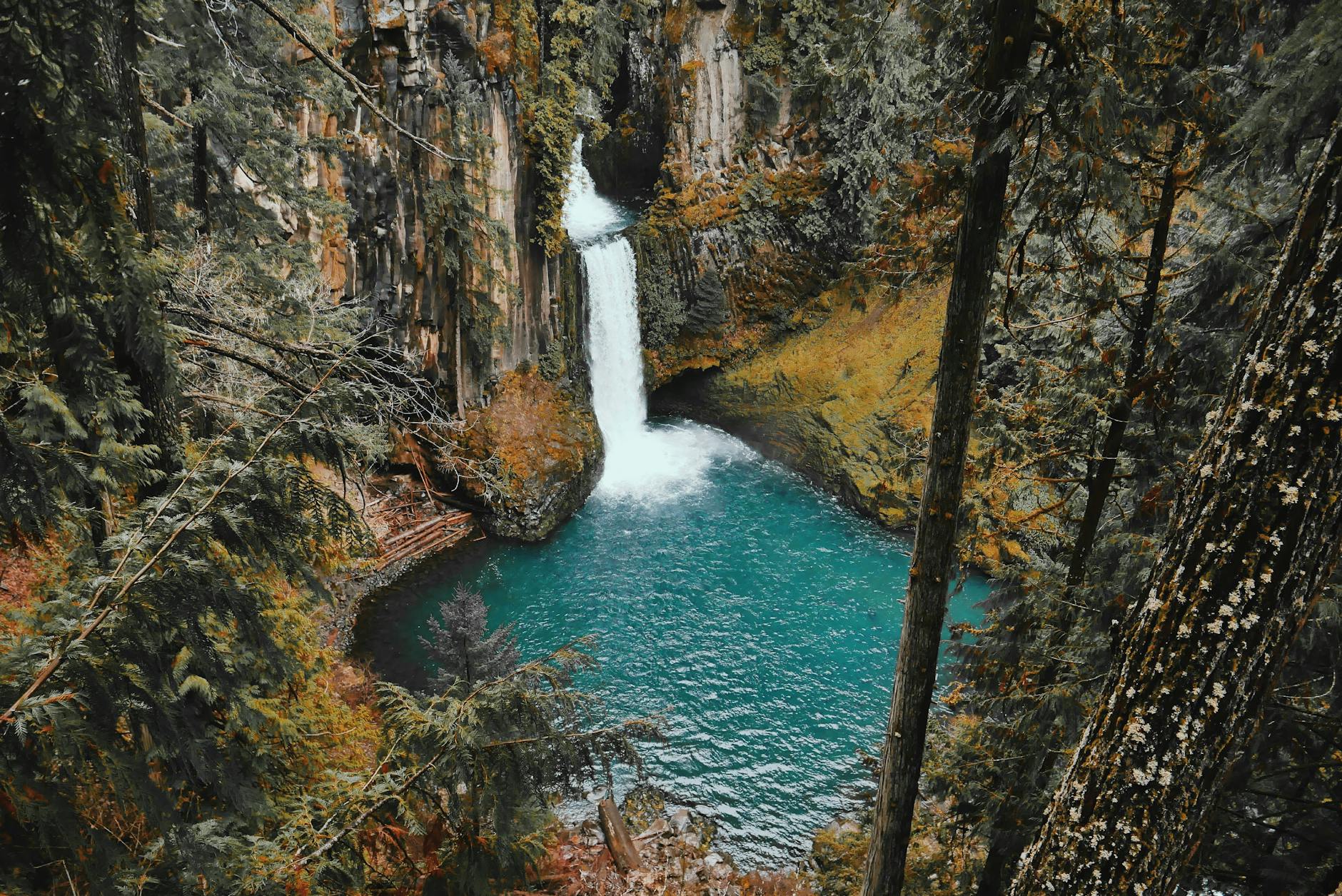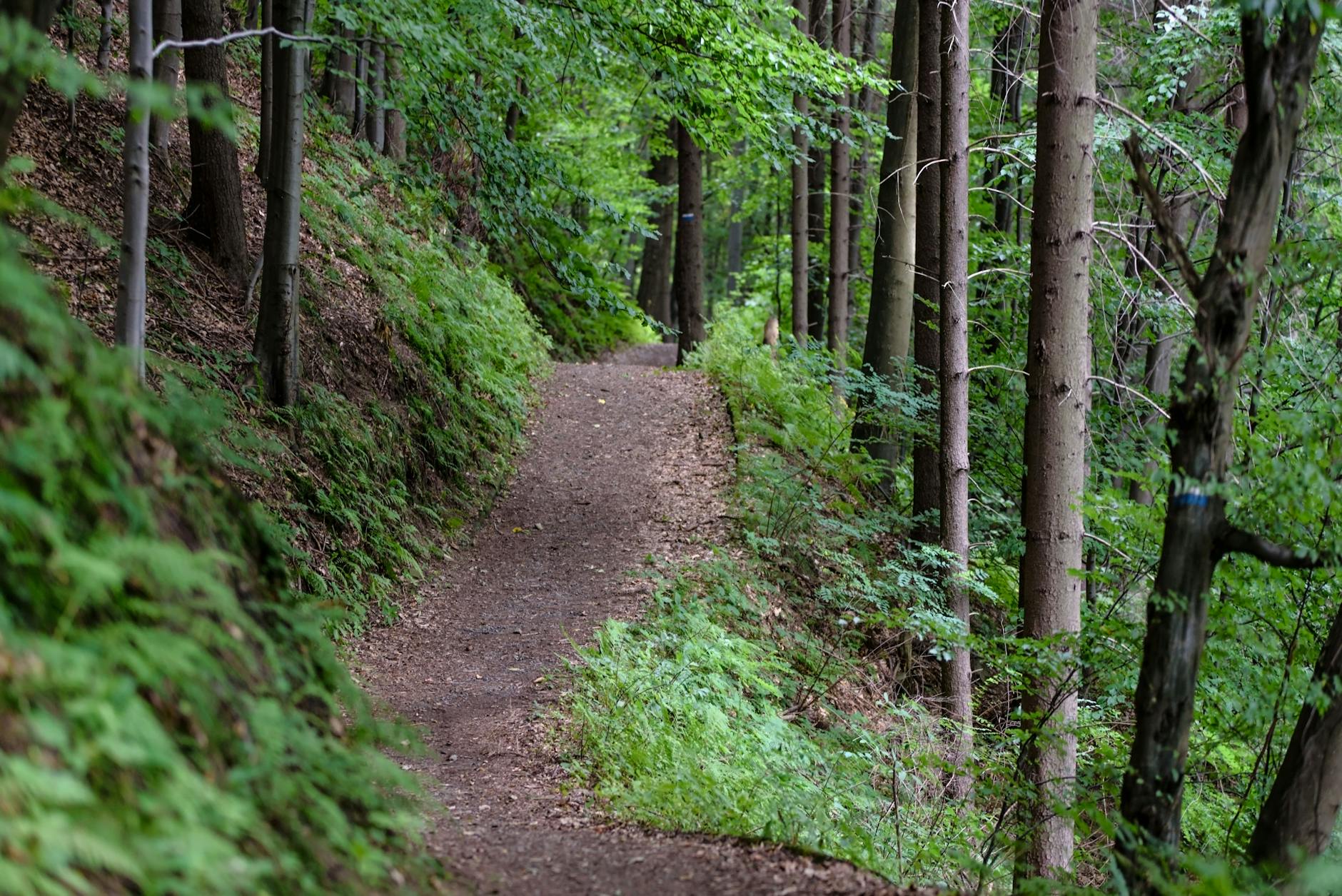How to Engage with Australia's Biodiversity Through Conservation Strategies

Discovering Australia's Biodiversity
Experiencing Australia's biodiversity is like attending an immersive "environmental workshop" that showcases vibrant ecosystems and captivating species. The Royal Botanic Gardens Victoria is a perfect place to start your journey, offering a deep dive into local flora and fauna. From the lush rainforests of Queensland to the arid landscapes of the Outback, each region hosts a unique array of ecosystems that foster a myriad of plant and animal life.
Unique Ecosystems Across Regions
Australia's diverse climates create varied ecosystems ranging from tropical rainforests to desert habitats. The Great Barrier Reef in Queensland is an underwater paradise that supports a dizzying variety of marine life. Inland, the vast red sands of the Outback provide a striking contrast and are teeming with well-adapted wildlife. These ecosystems highlight the complexity and richness found throughout the continent.
Endemic Species to Look Out For
While exploring these natural habitats, keep an eye out for Australia's endemic species. The kangaroo, koala, and platypus are just a few of the iconic animals you might encounter. These species are vital to conservation plans that aim to preserve Australia's unique biological heritage and encourage sustainable tourism, like Namibia tours.
Key Conservation Sites
Australia offers numerous conservation sites dedicated to preserving its indigenous biodiversity. The Melbourne Zoo's conservation programs and Yarra Bend Park's biodiversity efforts reflect ongoing work to safeguard habitats and species. These initiatives parallel broader efforts seen in Tanzania tours and Africa safari experiences, promoting global conservation awareness and action.
Strategies for Conservation
Navigating the intricate landscape of conservation requires a multi-faceted approach, one that combines safeguarding habitats and proactive measures to protect threatened species. Here in Melbourne, initiatives like those at the Royal Botanic Gardens Victoria provide a blueprint for impactful conservation strategies. A cornerstone of these efforts is effective reserve and park management, which ensures that natural areas are maintained and biodiversity is supported. Collaborations among government bodies and conservation organizations are vital in crafting and implementing conservation plans.
In many regions, protecting endangered species is paramount. Melbourne Zoo's conservation programs are notable, as they focus on creating sustainable populations of threatened species through breeding programs and habitat support. These initiatives highlight the importance of scientific research and public awareness campaigns in fostering a community-driven approach to conservation.
Furthermore, habitat restoration efforts are crucial in revitalizing ecosystems. These endeavors often involve replanting native vegetation and removing invasive species, thereby promoting native wildlife's natural ability to thrive. Throughout Australia, there are numerous examples of successful restoration projects, underscoring the importance of community involvement and sustainable practices.
For those interested in active participation, consider engaging with local biodiversity efforts in Yarra Bend Park or exploring opportunities abroad, such as Gorilla Trekking Uganda or Patagonia tours. These experiences not only provide firsthand knowledge of conservation challenges but also inspire a commitment to safeguarding our planet's natural heritage for future generations.
Getting Involved
Volunteering on Conservation Trips
As someone who deeply values our natural world, I find volunteering on conservation trips an enriching experience. In Australia, there are numerous opportunities to engage meaningfully with nature while contributing to its preservation. At renowned conservation sites like the Melbourne Zoo's conservation programs, you can partake in activities that support biodiversity efforts. Not only do these experiences allow you to work closely with dedicated professionals, but they also offer insight into the essential conservation plans actively restoring habitats and protecting wildlife.
Volunteering can take many forms:
- Participating in wildlife surveys and monitoring projects
- Assisting with habitat restoration initiatives
- Engaging in environmental education programs
By becoming an active member of these initiatives, you can witness firsthand the impactful work being done to preserve our planet for future generations.
Supporting Local Conservation Organisations
Another effective way to become involved in conservation is by supporting local organisations. These groups play a vital role in protecting habitats and endangered species. Contributions can include financial donations, raising awareness through social media, or becoming a member of an organization. Even joining forums or workshops can amplify conservation efforts, providing additional resources for critical projects. By doing so, you become part of a community dedicated to sustaining the natural wonders of regions like the Yarra Bend Park and beyond.
Educating Others in Your Community
Sharing your knowledge and enthusiasm for environmental conservation with others can be incredibly rewarding. Consider organizing or attending community events where you can discuss the importance of sustainable practices and conservation. Whether it's hosting a local nature walk or speaking at community gatherings, your efforts could inspire others to explore eco-friendly travel options such as a South Georgia cruise or Africa tours, ultimately extending the reach of conservation awareness. Fostering a community mindset centered on environmental stewardship ensures that the love and care for our planet continue to flourish.
Traveling Sustainably
Choosing Eco-Friendly Accommodation
When you're planning a sustainable trip, one of the first steps is selecting accommodation that aligns with your ecological values. Look for lodging options that incorporate energy-efficient systems, promote water conservation, and use sustainable materials. Many eco-friendly establishments also invest in local community projects and conservation plans, adding another layer of positive impact to your stay. These factors contribute to reducing your environmental footprint as you explore.
Practicing Leave No Trace Principles
While journeying through the beautiful environments of places like the Galapagos cruise or Antarctic tours, it’s crucial to remember the Leave No Trace principles. These guidelines encourage travelers to respect nature by minimizing campfire impacts, packing out all trash, and staying on marked trails. This approach helps protect the natural habitats and maintains the pristine condition of these unique locations for future visitors.
Engaging in Responsible Wildlife Viewing
Responsible wildlife viewing stands as an important practice among environmentally conscious travelers. Whether observing the penguins in Antarctica or the tortoises in the Galapagos, it’s vital to maintain a respectful distance, ensuring that animals are not disturbed or stressed by human presence. This mindful approach not only safeguards the wellbeing of wildlife but also enriches your personal experience, offering a genuine connection with nature that promotes wider biodiversity efforts. This includes familiar spaces like the Melbourne Zoo's conservation programs, enhancing the fundamental role of wildlife preservation in travel experiences.
Eco-Tourism Timing Tips
Optimal Seasons for Visits
When it comes to experiencing Australia's rich biodiversity, timing is everything. The optimal time to explore the nation's natural wonders varies by region. For instance, the months between November and February offer the best conditions in Melbourne to explore places like the Royal Botanic Gardens Victoria, where the plant life is in full bloom. For those interested in connecting with local wildlife, the Melbourne Zoo's conservation programs often ramp up during the summer, providing opportunities to learn about species conservation firsthand.
Avoiding Overcrowding
To engage sustainably with nature and beauty without the pressing crowds, consider visiting during the shoulder seasons, such as March to May and September to November. These times offer temperate weather and fewer people, enabling deeper connections with conservation plans. Biodiversity efforts in Yarra Bend Park are less interrupted by human activity, offering an immersive experience in nature while visiting during these periods.
By carefully selecting the timing of your eco-tourism visits, not only can you enjoy a more personal connection with the landscapes, but you'll also contribute less to the strain on these fragile ecosystems. The choices we make as travellers can harmoniously align with our larger commitment to conservation, which ultimately supports the incredible biodiversity that Australia so uniquely offers.


